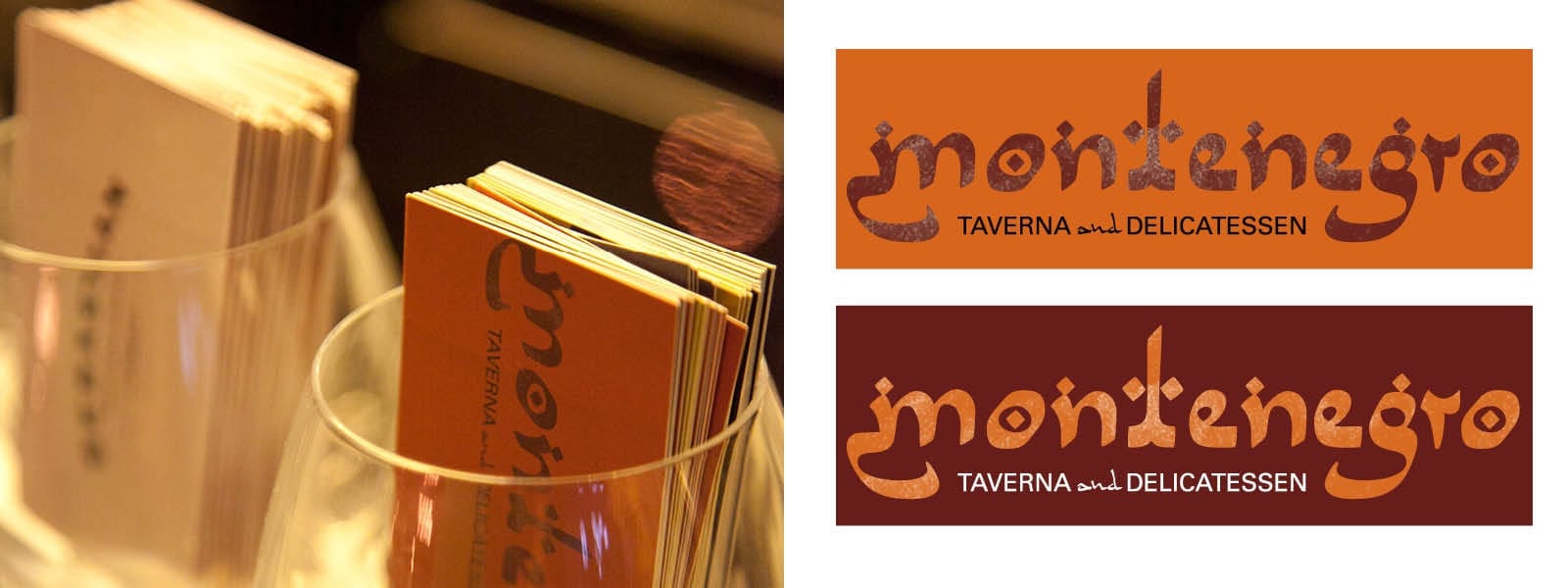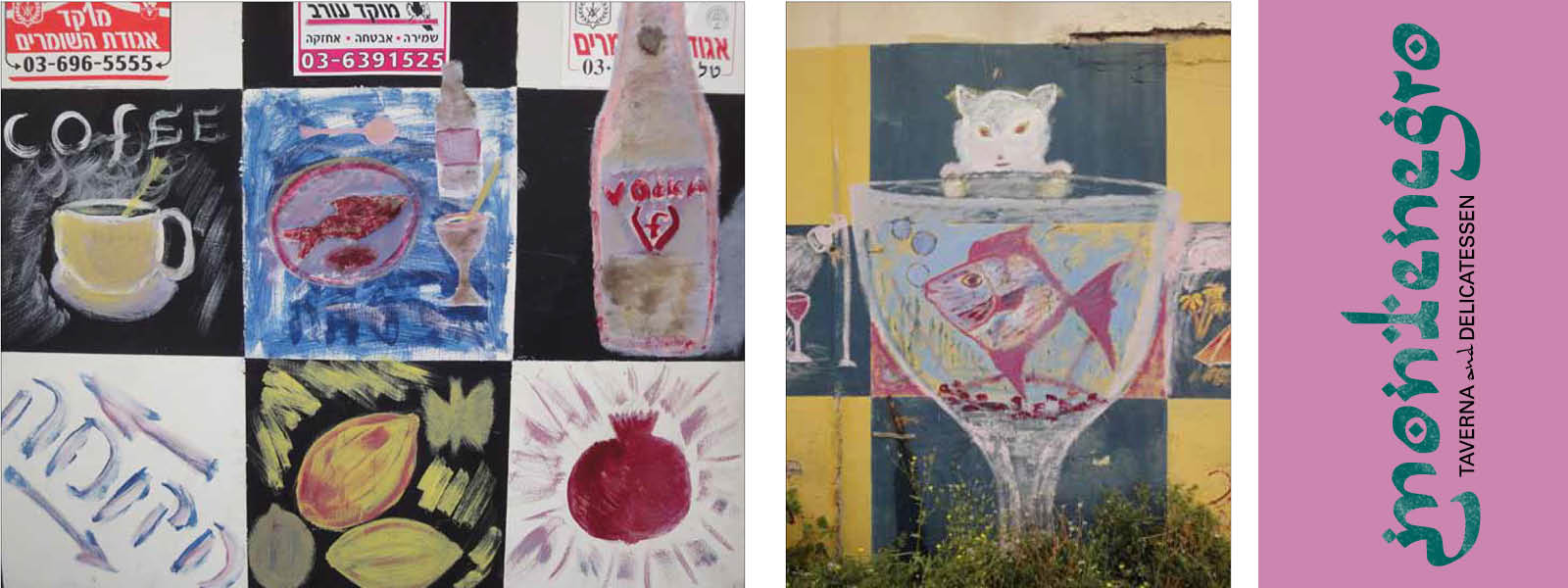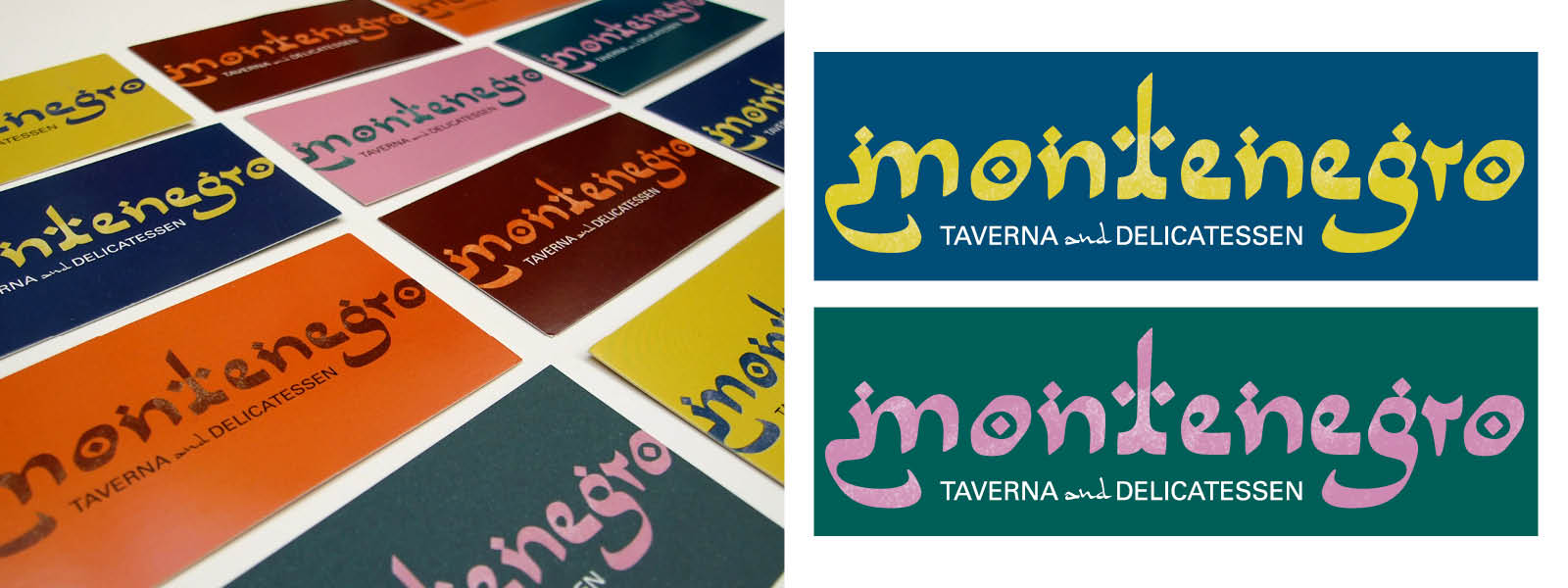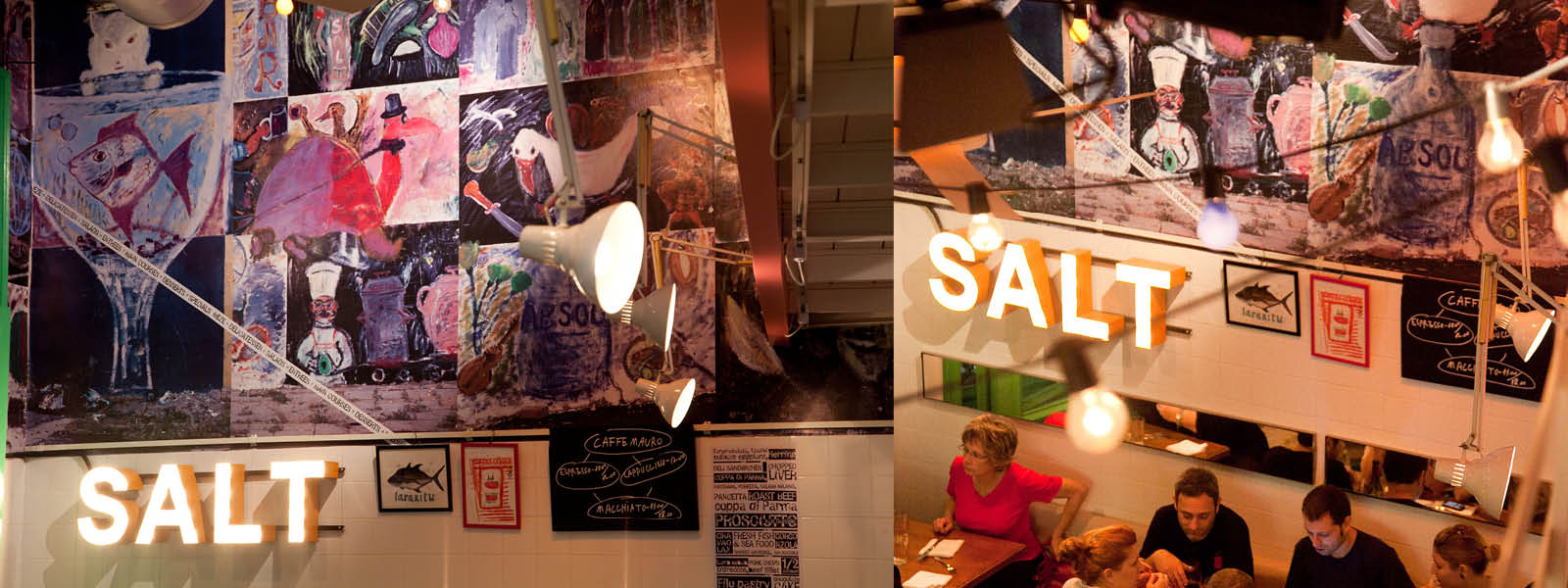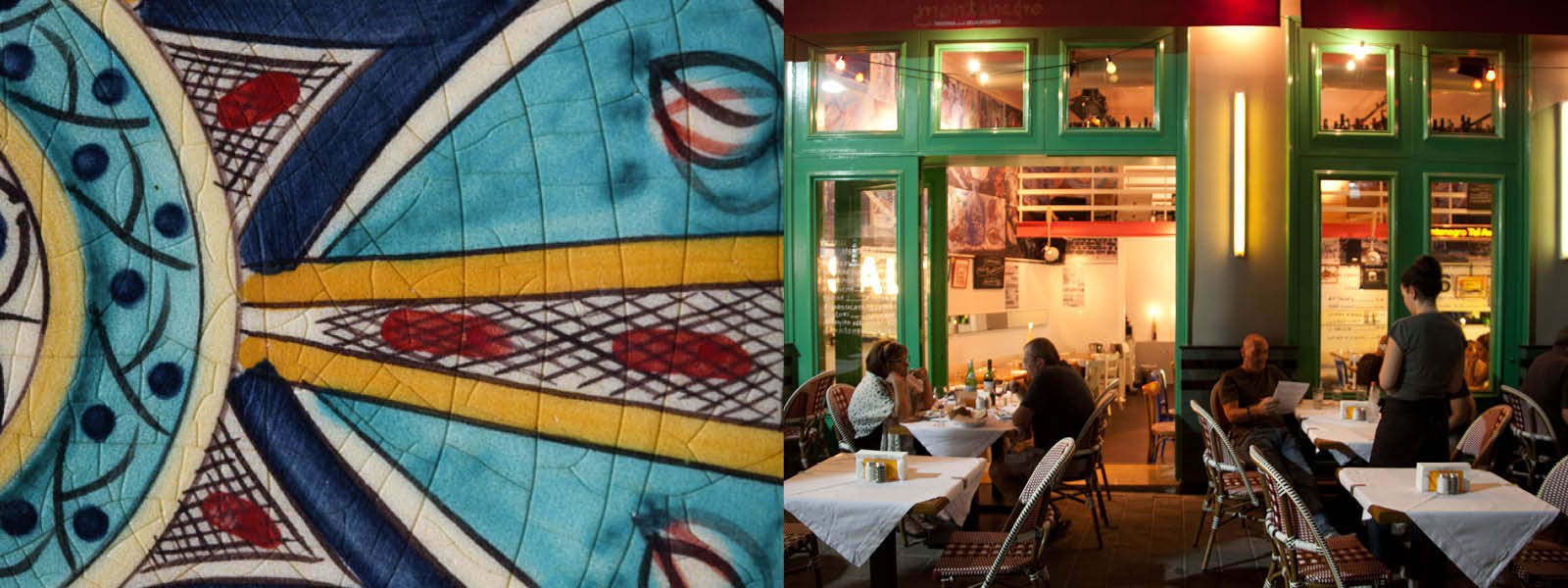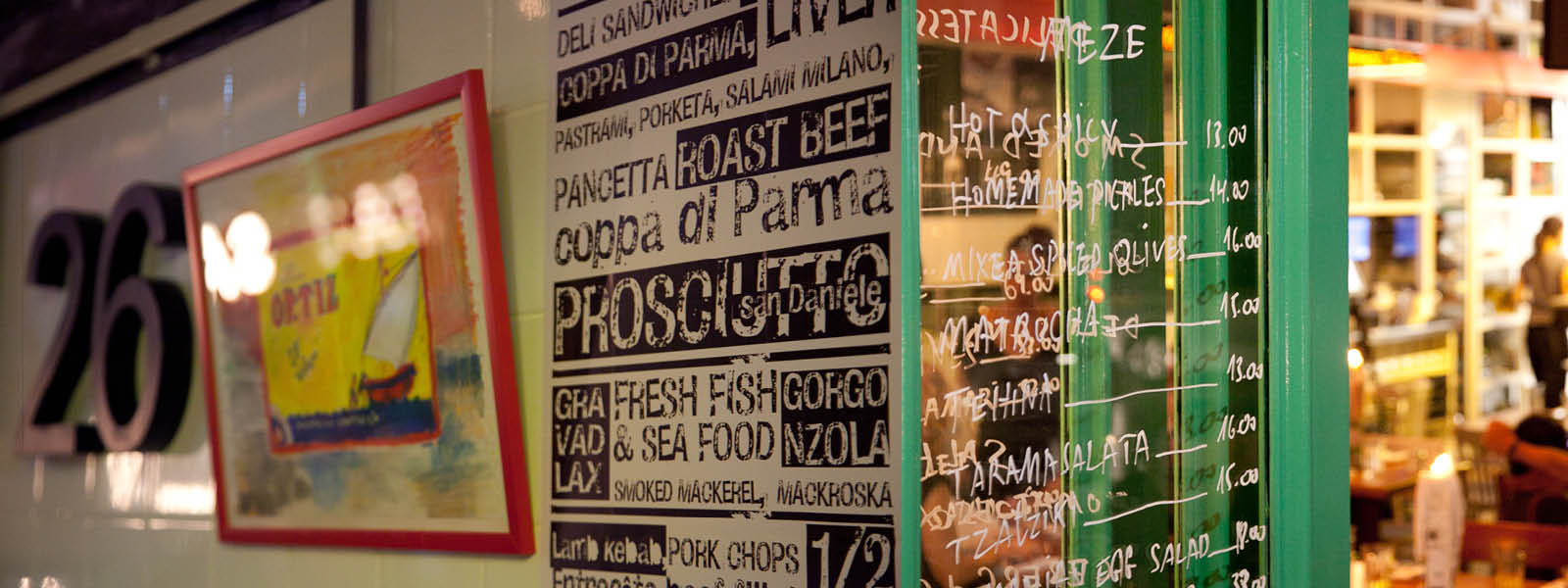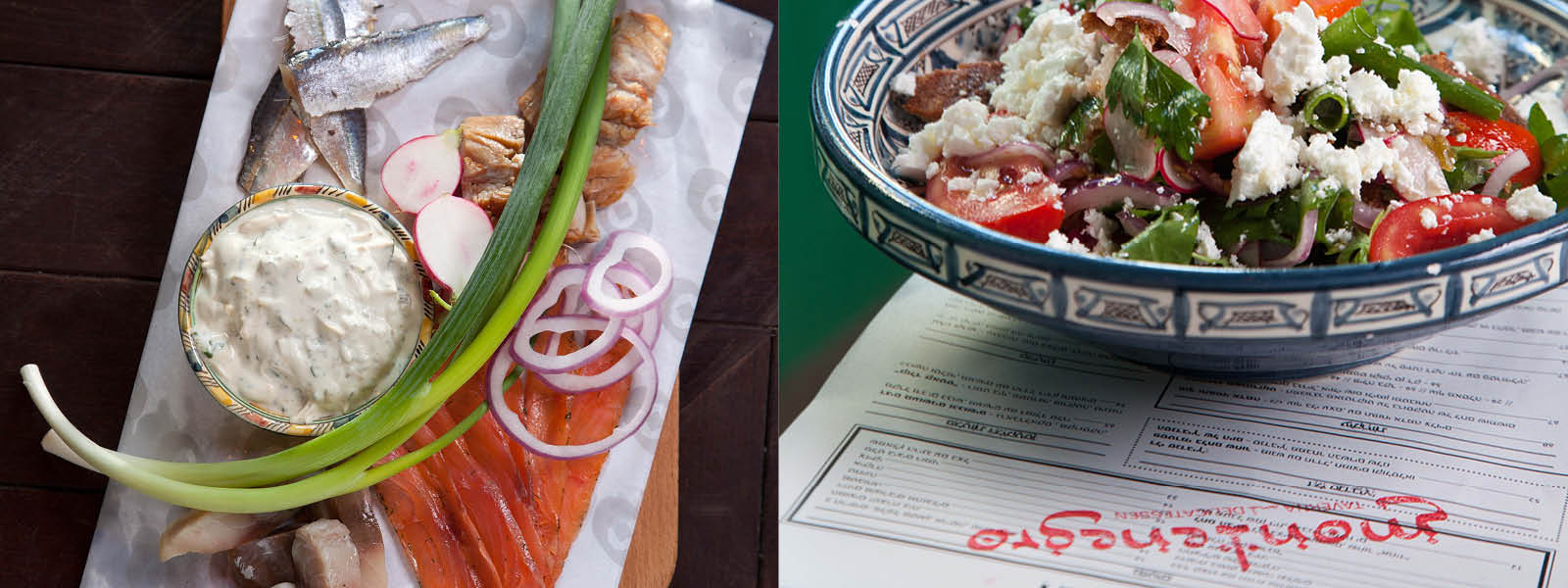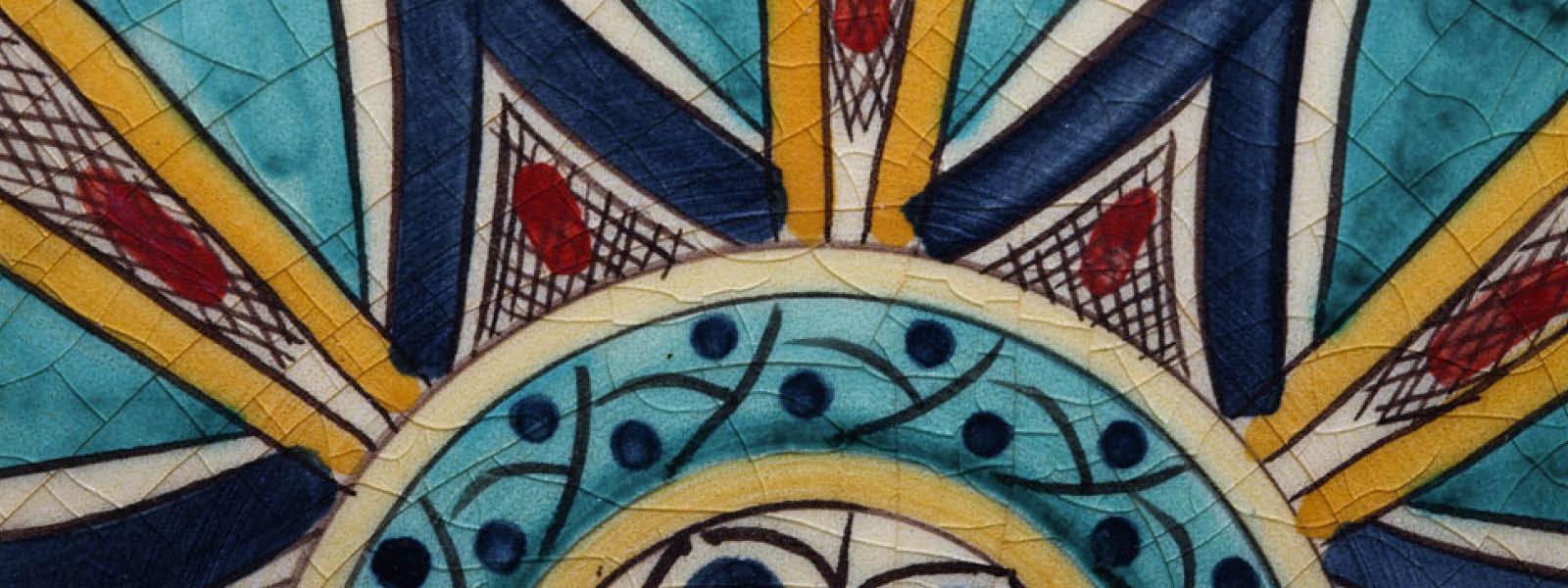Courage Skill
“Everyone has talent. What’s rare is the courage to follow it to the dark places where it leads.”
Erica Jong, an American novelist, satirist, and poet
Courage has several definitions. Undoubtedly, courage is an important aspect of positive psychology, making it possible to overcome personal limitations. Some say that being a courageous person maximizes one’s opportunity to grow and develop throughout life. Others emphasize the fact that courage does not mean an absence of fear, but the strength confront the destructive habits we have as human beings.
Professor Shahram Heshmat of the University of Illinois at Springfield lists among the defining features of courage “achieving a meaningful goal” and “free choice.” As he understands it, a person striving for a meaningful goal, even if it entails pain, lessons their level of anxiety and ultimately overcomes fear. A person who voluntarily chooses to fully express his unique human liberty is no less brave.
Dr. Uri Nili researched courage as part of his doctorate in neuroscience and explains that there are two ways to define courage: “The first is to be fearless, not to be afraid in a situation in which most people would be. The second is to do something despite the fear. The implication of the second possibility is that courage can actually only manifest in those who are afraid. Because in order to show courage you need an element of choice: Do I do what fear dictates or do I choose to behave differently?”
I’d like to present the design of the restaurant Montenegro as a story of courage, because of a man named Rafi . A business owner who was not afraid to follow a vision and a concept through to the end. It was he who taught me how art and business can come together to create a magical experience.
Montenegro, a tavern and bar, had the atmosphere and menu typical of those places in Mediterranean countries where one eats, drinks and has a good time. The menu consisted of the best dishes the land and sea have to offer, influenced by robust Mediterranean cuisines rich in spices and fresh ingredients. And the wine menu was old school, including a wide selection of vodkas and anises that perfectly complemented the food. It was the newest restaurant of the Noir Group, specializing in hospitality and the culinary arts, with the restaurants: Cafe Noir, Sebastian, and The Fourth Floor – all owned by Rafi Bader & Co.
It was with Rafi that we worked on the Montenegro’s branding.
Work on the restaurant’s logo, identity and character began with the concept. It grew out of many meetings, drinks, magazines, movies, research, and endless flipping through magazines in search of material about the Levant (one recommended read is Shlomit Hareven’s I am Levantine). Eventually an eclectic, but harmonious, world was created; a collection of ideas and objects that fit together.
The vision: “Aesthetics of ugliness, a harmony of powerful flavors.”
The principles: quality simplicity, transparent directness, human warmth and authenticity.
Description of the experience: Israeli-Balkan-Arab food; an industrial, butcher shop look, white ceramics. Plenty of food, pickle jars, black fans, rich aquamarine, stainless steel, terracotta with white tablecloths, murals, frames, and lots of pictures.
When I say eclectic, it’s not just on a conceptual level, it is primarily physical. The restaurant’s colorful plates, for which Galia Ornan-Hochstein was responsible, were custom ordered from a monastery in Beit Jamal. The items adorning the walls were collected from flea markets, ordered from abroad, and picked up at a local parking lot.
Rafi discovered a security guard who painted naive art on the parking lot’s walls, images that seemed to have been taken from the film Black Cat, White Cat by Emir Kusturica. He took a picture and sent it to me. I refurbished, adjusted and enlarged them to something the size of an outdoor poster. Someone else would have just stuck them on the wall, but not Rafi Bader. One crazy night, Rafi, Yael Cohen and I stood and watched a paperhanger arrive with a wooden ladder and a bucket of billboard glue. He thoroughly and professionally glued the huge sheets of paper to the walls of the restaurant. The effect of the glue on the paper was part of the feel. After hours of shifting and making adjustments, Yael raised one last glass from the arak bottle to the success of the project.
Montenegro was a team collaboration. We at Portnov Mishan, Yael Cohen and Galia Ornan-Hochstein, under the direction of a single conductor named Rafi Bader. (Food photography: Dan Peretz. Atmosphere and location photography: Daniel Leila.)
Montenegro, Noir Group
